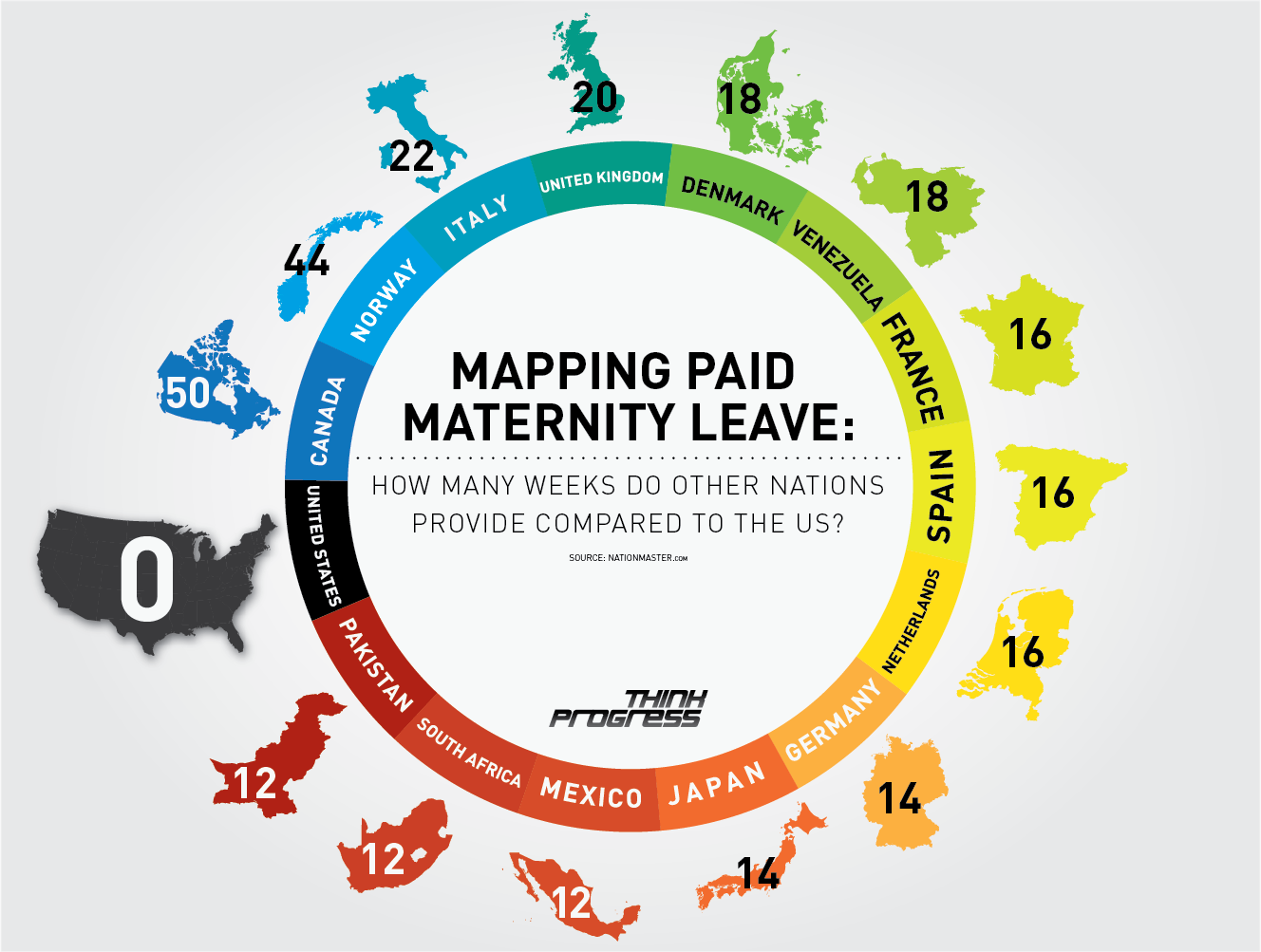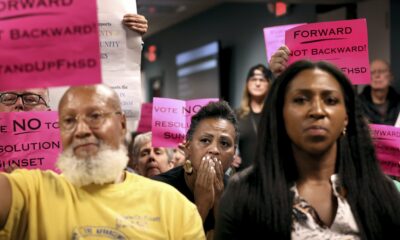Labor & Economy
The Right to Care: State's Paid Family Leave Turns 10

When we found out we were expecting twins in 2005, my husband was a teacher and I worked for a small non-profit. We were overjoyed but anticipated a tight squeeze in our small, two-bedroom apartment, where we lived with our 9-year-old son. We were lucky to live in California, where we could worry more about where to put twin cribs than how we would financially survive my maternity leave. That’s because, in 2002, California became the first state in the country to pass Paid Family Leave (PFL). This benefit has made a huge difference for thousands of families like mine who could not otherwise afford to take time off to bond with a new baby or care for a seriously ill family member.
Cassandra Engeman, author of a new policy brief, “Ten Years of the California Paid Family Leave Program: Strengthening Commitment to Work, Affirming Commitment to Family,” lauds the passage of Paid Family Leave as the first step toward filling a huge gap in public policy. Our state became the first where the majority of workers had access to paid maternity, paternity and caregiving leave. The federal Family Medical Leave Act (FMLA), although important, does not help low-income workers who can’t afford to take unpaid time off work.
Only a small and shrinking number of U.S. workers (about 16 percent) have access to any paid maternity or paternity leave through their employers. This is why we need to establish a national paid family leave fund — to ensure that all workers have the right to be there when their families need them. In her policy brief, Engeman writes, “when paid family leave is a statutory right, it equalizes access to paid leave across occupations and income levels, removing dependency on employer benevolence for access to this important benefit.”
Low-income workers deserve the same access to maternity and paternity leave as high-income workers. With the loss of quality jobs (those paying $20 per hour with some health benefits and paid time off), now even fewer workers are likely to have employer-paid family leave. Without paid leave programs, economic disadvantages begin at birth.
A recent survey focused on California’s Paid Family Leave program shows that it has benefited the families who used it. New parents reported that PFL improved their ability to bond with, and care for their child. Mothers who used the PFL program reported breastfeeding longer, and the PFL program also increased the amount of time men took for paternity leave.
These are great benefits. But we know our work is not done. We need to expand job protection (under the FMLA) so workers can take paid leave without risking their jobs. Also, we need more public education around the law – that same survey on California’s PFL showed that low-income workers, who need it most, are least likely to know about Paid Family Leave. We need to work on federal legislation to make paid family leave available in every state. Finally, we need to continue to build the movement for all of these benefits and rights that help us care for our families.
(In California, you can join the CA Work and Family Coalition – the labor/community coalition that helped pass Paid Family Leave and is working on expanding leave rights for all workers. If you are outside of California, go to the Family Values @Work website for a coalition or campaign near you.)
Jenya Cassidy is the California Policy Director for the Labor Project for Working Families and the California Work and Family Coalition. Her background is in union and community organizing.
-

 Latest NewsApril 8, 2024
Latest NewsApril 8, 2024Report: Banks Should Set Stricter Climate Goals for Agriculture Clients
-

 Latest NewsApril 22, 2024
Latest NewsApril 22, 2024Oil Companies Must Set Aside More Money to Plug Wells, a New Rule Says. But It Won’t Be Enough.
-

 Striking BackMarch 25, 2024
Striking BackMarch 25, 2024Unionizing Planned Parenthood
-

 California UncoveredApril 9, 2024
California UncoveredApril 9, 2024700,000 Undocumented Californians Recently Became Eligible for Medi-Cal. Many May Be Afraid to Sign Up.
-

 Feet to the FireApril 22, 2024
Feet to the FireApril 22, 2024Regional U.S. Banks Sharply Expand Lending to Oil and Gas Projects
-

 Class WarMarch 26, 2024
Class WarMarch 26, 2024‘They Don’t Want to Teach Black History’
-

 Latest NewsApril 10, 2024
Latest NewsApril 10, 2024The Transatlantic Battle to Stop Methane Gas Exports From South Texas
-

 Latest NewsMarch 27, 2024
Latest NewsMarch 27, 2024Street Artists Say Graffiti on Abandoned L.A. High-Rises Is Disruptive, Divisive Art




















